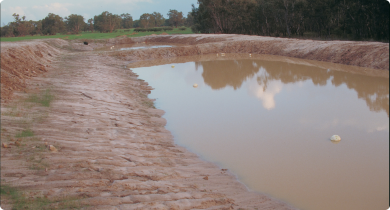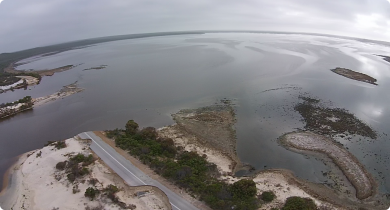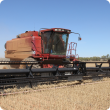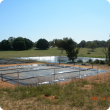Climate & weather
Enabling farm businesses to better manage the increasing seasonal variability is critical for the success of the Western Australian agrifood sector. The Department of Primary Industries and Regional Development is enabling farm businesses to make more informed planning and financial decisions on weather and climate risks. These decisions range from short-term tactical decisions, through to managing strategic planning for climatic futures. The development of improved weather data and seasonal forecasting tools are designed to assist you to better manage and take full advantage of the opportunities related to seasonal variability and climate change.
The Department of Fire and Emergency Services has launched a new website; emergency.wa.gov.au. This website will replace the existing alerts and warnings websites from DFES and Parks and Wildlife, enabling people to get critical public information during fire, flood, storm, earthquake, tsunami and emergencies involving hazardous materials.
Articles
Filter by search
Filter by topic
- (-) Remove Feeding & nutrition filter Feeding & nutrition
- Livestock management (5) Apply Livestock management filter
- Livestock & animals (5) Apply Livestock & animals filter
- Climate change (3) Apply Climate change filter
- Livestock research & development (2) Apply Livestock research & development filter
- Grains (2) Apply Grains filter
- Production & postharvest (2) Apply Production & postharvest filter
- Genetics & selection (2) Apply Genetics & selection filter
- Crops (2) Apply Crops filter
- Dry seasons and drought (2) Apply Dry seasons and drought filter
- Rangelands (1) Apply Rangelands filter
- Soil management (1) Apply Soil management filter
- Wheat (1) Apply Wheat filter
- Measuring and assessing soils (1) Apply Measuring and assessing soils filter
- Soils (1) Apply Soils filter
- Liming (1) Apply Liming filter
- Canola (1) Apply Canola filter
- Grains Research & Development (1) Apply Grains Research & Development filter
- Land use (1) Apply Land use filter
- Management & reproduction (1) Apply Management & reproduction filter






